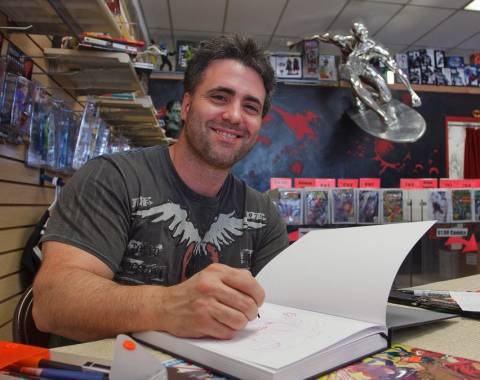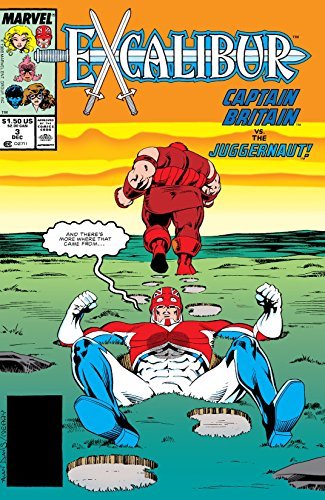
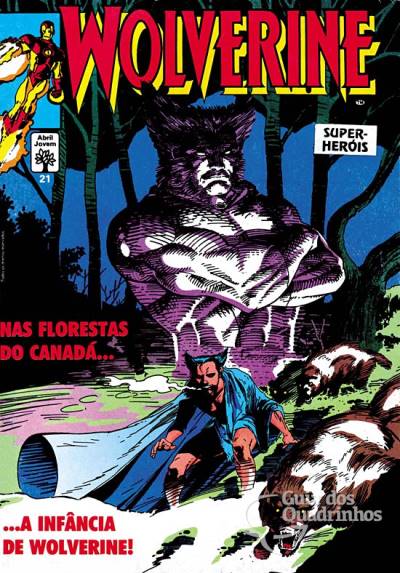
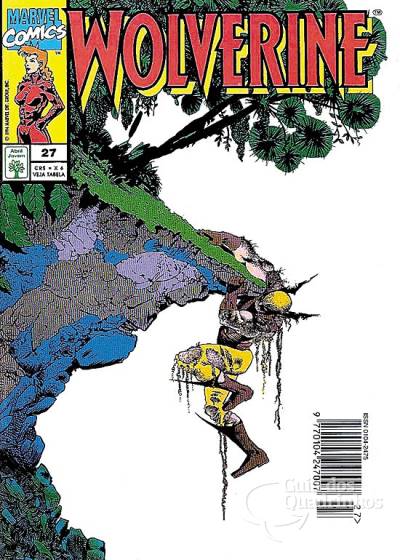
Books in series

Excalibur (1988-1998) #3
1990

Wolverine n° 21
1993

Wolverine #27
1994
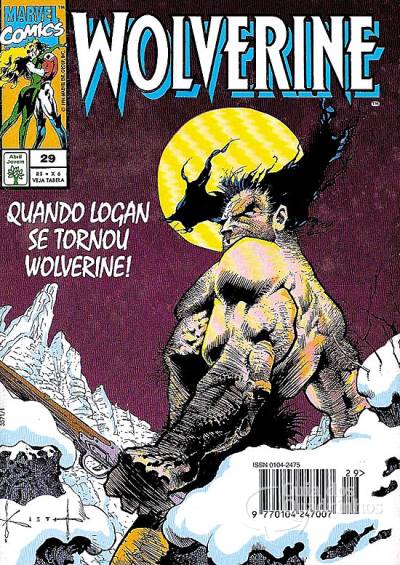
Wolverine n° 29
1994
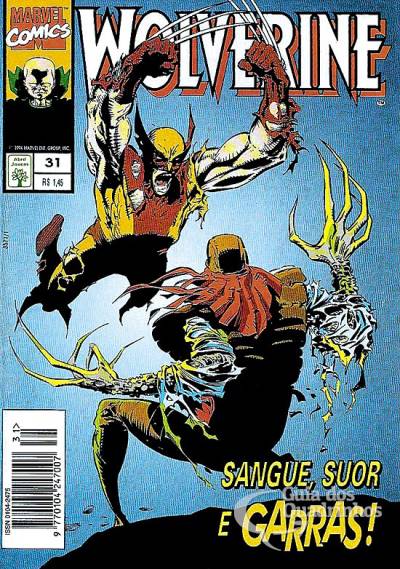
Wolverine n° 31
1994
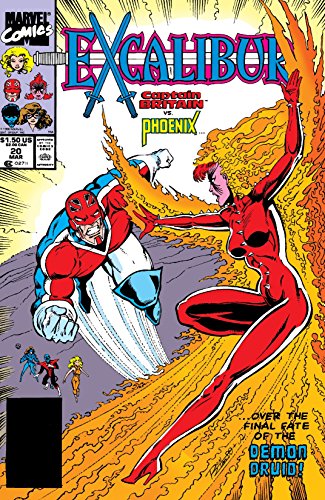
Excalibur (1988-1998) #20
2016
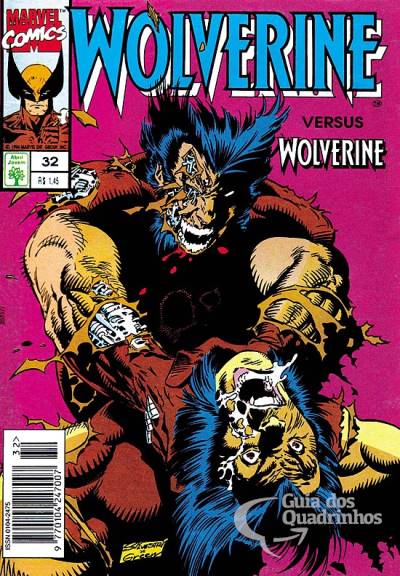
Wolverine n° 32
1994
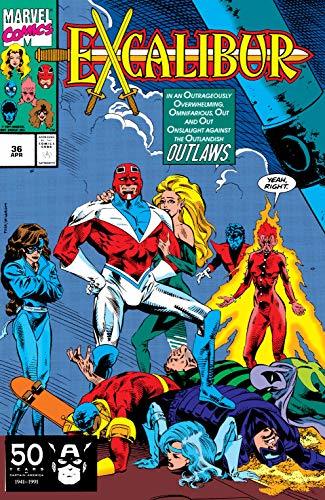
Excalibur (1988-1998) #36
2019
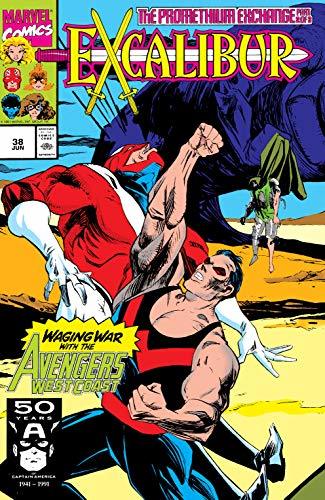
Excalibur (1988-1998) #38
1991
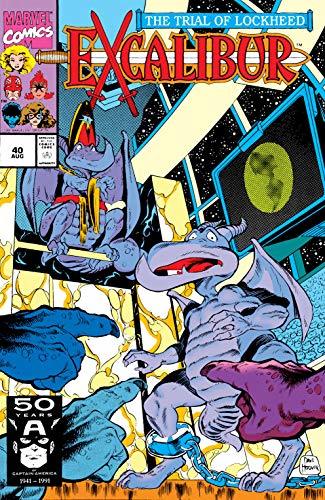
Excalibur (1988-1998) #40
1991
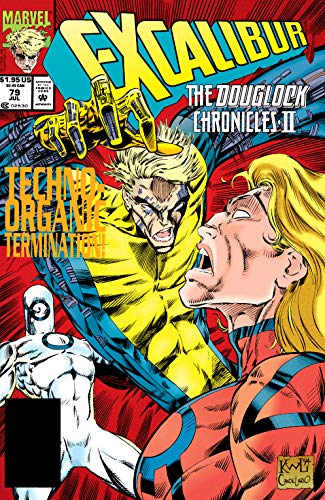
Excalibur (1988-1998) #79
2019

X-Men
Fatal Attractions
2012

X-Men Gigante n° 2
1996

X-Men
Fatal Attractions
1995
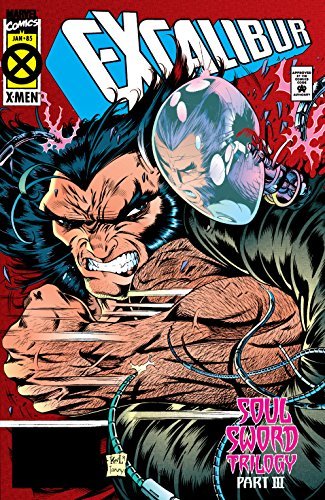
Excalibur (1988-1998) #85
1995
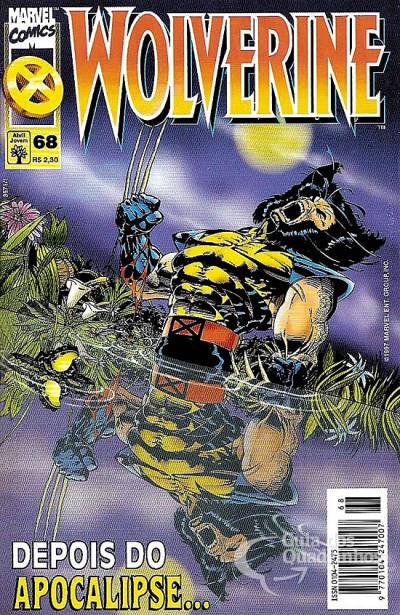
Wolverine n° 68
1997
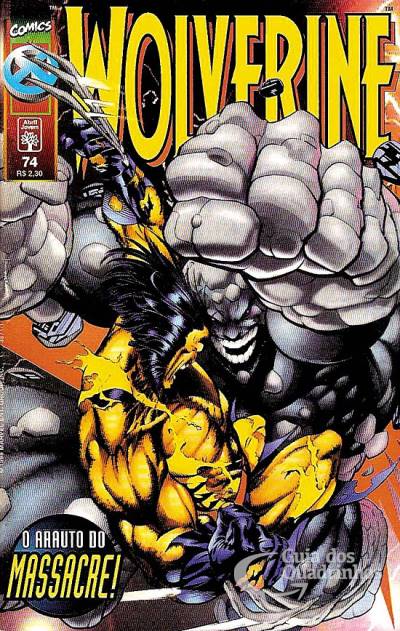
Wolverine n° 74
1998

X-Men/Avengers
Onslaught Omnibus
2015
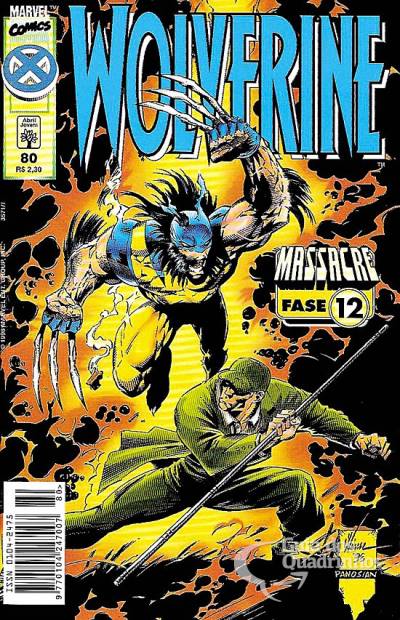
Wolverine n° 80
1998

Excalibur Epic Collection, Vol. 1
The Sword Is Drawn
2017
Authors


David Day (b. 14 October 1947 in Victoria, British Columbia) is a Canadian author of over forty books: poetry, natural history, ecology, mythology, fantasy, and children's literature. Internationally he is most notably known for his literary criticism on J. R. R. Tolkien and his works. After finishing high school in Victoria, British Columbia, Day worked as a logger for five years on Vancouver Island before graduating from the University of Victoria. Subsequently he has travelled widely, most frequently to Greece and Britain. Day has published six books of poems for adults and ten illustrated children's books of fiction and poetry. His non-fiction books on natural history include The Doomsday Book of Animals, The Whale War, Eco Wars: a Layman Guide to the Environmental Movement, Noah's Choice and most recently Nevermore: A Book of Hours - Meditations on Extinction (2012). His Doomsday Book was a Time Magazine Book of the Year and became the basis for the 100 part animated-short TV series "Lost Animals of the 20th Century". David Days best-selling books on the life and works of JRR Tolkien include: A Tolkien Bestiary, Tolkien: the Illustrated Encyclopedia, Tolkien's Ring, The World of Tolkien and The Hobbit Companion. Day's Tolkien's Ring was illustrated by academy award-winning artist Alan Lee, as was Castles, The Animals Within, Gothic and Quest For King Arthur.
Various is the correct author for any book with multiple unknown authors, and is acceptable for books with multiple known authors, especially if not all are known or the list is very long (over 50). If an editor is known, however, Various is not necessary. List the name of the editor as the primary author (with role "editor"). Contributing authors' names follow it. Note: WorldCat is an excellent resource for finding author information and contents of anthologies.
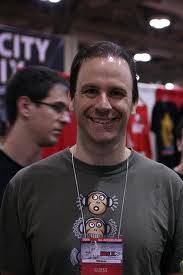

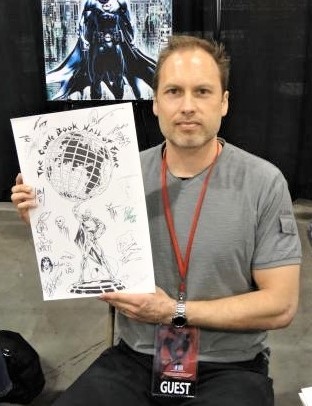
Scott Clark was a comic book artist who worked for Wildstorm, Marvel Comics, Aspen Comics and DC Scott Clark got his start in the early 1990s drawing for small publishers but came to be known through his work for the then Image studio Wildstorm and later Marvel Comics. After working for a short time at Aspen Comics, he returned to the now DC Comics-owned Wildstorm and then DC Comics proper, working on titles like Brightest Day. Most recently he worked on the New 52 Grifter series and covers for Deathstroke and was the artist for the Martian Manhunter back-up in the new Justice League of America series.


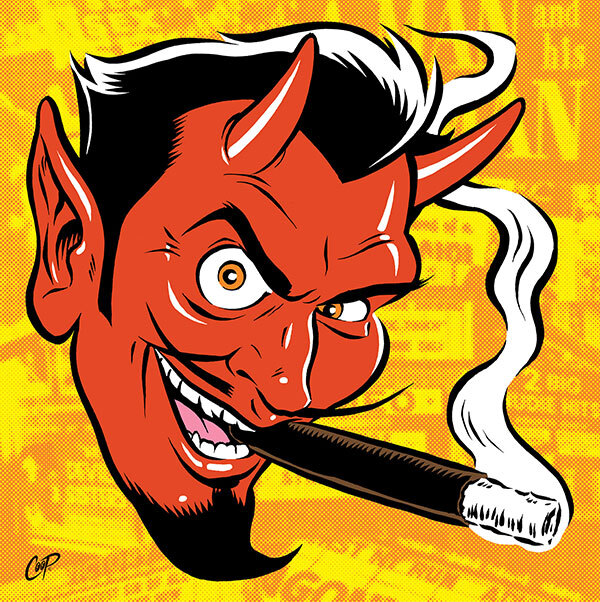


Joseph "Joe" Quesada (born January 12, 1962)is an American comic book editor, writer and artist. He became known in the 1990s for his work on various Valiant Comics books, such as Ninjak and Solar, Man of the Atom. He later worked on numerous books for DC Comics and Marvel Comics, such as Batman: Sword of Azrael and X-Factor, before forming his own company, Event Comics, where he published his creator-owned character, Ash.
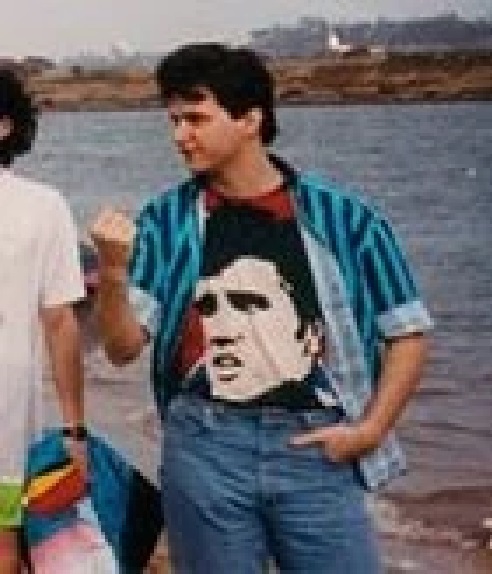
Librarian note: There is more than one author in the GoodReads database with this name
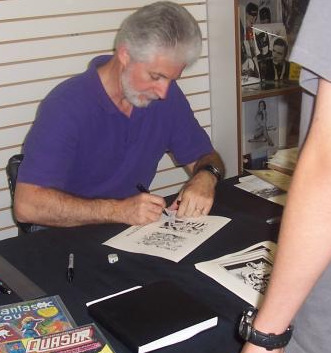
Paul Ryan was an American comic artist. Ryan worked extensively for Marvel Comics and DC Comics on a number of super-hero comic book titles. He is best known for his 1991 to 1996 run as penciler on Fantastic Four. Librarian's note: There is more than one author in the Goodreads database with this name.

Larry Hama is an American writer, artist, actor and musician who has worked in the fields of entertainment and publishing since the 1960s. During the 1970s, he was seen in minor roles on the TV shows M*A*S*H and Saturday Night Live, and appeared on Broadway in two roles in the original 1976 production of Stephen Sondheim's Pacific Overtures. He is best known to American comic book readers as a writer and editor for Marvel Comics, where he wrote the licensed comic book series G.I. Joe, A Real American Hero, based on the Hasbro action figures. He has also written for the series Wolverine, Nth Man: the Ultimate Ninja, and Elektra. He created the character Bucky O'Hare, which was developed into a comic book, a toy line and television cartoon.

Darick Robertson is an American artist best known for his work as a comic book illustrator. Highly prolific, Robertson has illustrated hundreds of comics in his twenty plus years in the industry. His body of work ranges from science fiction characters of his own creation to headlining on renowned classic characters from Marvel and DC Comics. Robertson is best known as the co-creator and illustrator of the biting satires TRANSMETROPOLITAN and THE BOYS. In January of 2010 he wrote and illustrated CONAN: THE WEIGHT OF THE CROWN for Dark Horse Comics. Darick currently lives in California with his wife and two children. When he's not drawing comics, which is almost all the time, he creates custom action figures, writes music, sings and plays guitar. Original art for sale can be found at tinyurl.com/DarickR
Dan Green is an American comic book artist, best known for his inking work. He began his career in 1972 working for DC Comics on the title Tarzan. Later on, he worked in titles like House of Mystery, Star-Spangled War Stories, Weird Worlds, G.I. Combat, Detective Comics and many more. He was also hired by Marvel Comics to work on titles like Avengers, Captain Marvel, Jungle Action, Wolverine, X-Men and more. Most recently he has been working for both Marvel and DC on titles like Angela: Asgard's Assassin, Savage Wolverine, Deadpool, The New 52: Future's End, Convergence: Batgirl and Convergence: Batman: Shadow of the Bat.



Chris Sprouse was born in Charlottesville, Virginia. At the age of 3 he moved with his family to New Delhi, India where he first discovered comics as he was unable to play outside due to the dangerous amount of snakes in the house yard. When he was 6, his family returned to the United States to Dale City, Virginia, where he continued to read and draw comics. Before his debut in comics, Sprouse drew a comic strip entitled "Ber-Mander", for the school newspaper ("The Hyphen"), while attending Gar-Field Senior High School in Dale City, Virginia. After graduating in 1984, Sprouse attended James Madison University where he studied graphic design. Sprouse launched his career in mainstream comics in 1989, his first credited work being a Chemical King story in an issue of DC Comics' Secret Origins. He then did a Two-Face story for Batman Annual #14 and then moved on to the limited series Hammerlocke. Sprouse then took on the sci-fi series Legionnaires, featuring teenaged versions of the characters in the Legion of Super-Heroes series, and eventually moved on to a number of one-shot and fill-in issues before illustrating a Star Wars mini-series, Splinter of the Mind's Eye, for Dark Horse Comics. He then worked for Extreme Studios as the regular penciller of New Men, and in 1997, Sprouse drew several issues of Supreme, scripted by Alan Moore for the same publisher. After Supreme ended, a year later he and Moore created Tom Strong for America's Best Comics, for which Sprouse won two Eisner Awards in 2000, for Best Single Issue and Best Serialized Story. Sprouse was also the penciller and co-creator on the 2004 Ocean mini-series, written by Warren Ellis and published by DC Comics. In 2007, Ocean was optioned for film. In 2006, he began pencilling Wildstorm's Midnighter ongoing series, a spin-off of The Authority. He has also been announced as the artist on the first issue of Batman: The Return of Bruce Wayne with Grant Morrison as writer. Sprouse currently lives in Columbus, Ohio with his wife, Xan.

James "Jimmy" Palmiotti is an American writer and inker of comic books, who also does writing for games, television and film. Photo by Luigi Novi.

Josef "Joe" Rubinstein started his artist career in the early 1970s as a teenager. Primarily working as an inker, his artwork has been published by all major U.S. comics publishers including Marvel Comics, DC Comics and Dark Horse Comics. One of his most important works has been inking The Official Handbook of the Marvel Universe over a span of twenty years for which he holds a Guinness World Record of inking more pencilers than any other inker. Among his extensive inking credits (which include more than 2,500 comic books), Rubinstein inked a mini-series for Dark Horse Comics called Archenemies, and co-inked issues of DC Comics' Ion mini-series. He currently inks the ongoing series Green Arrow/Black Canary for DC Comics. Photo by Luigi Novi.

Alan Davis is an English writer and artist of comic books, known for his work on titles such as Captain Britain, The Uncanny X-Men, ClanDestine, Excalibur, JLA: The Nail and JLA: Another Nail and others. Librarian note: There is more than one author in the GoodReads database with this name

Wiacek got his start in the mid-1970s as a member of the "Crusty Bunkers" inking collective. For a short time in 1975–1976 he inked backgrounds (over Curt Swan's pencils) on Superman for DC Comics. He moved on to regular inking work for DC, and then in 1978 began a long association with Marvel. Wiacek has inked over such pencilers as Carmine Infantino on Star Wars, John Romita Jr. on The Uncanny X-Men, June Brigman on Power Pack, John Byrne on Sensational She-Hulk, and Walter Simonson on X-Factor and Orion and George Pérez Brave and the Bold, volume 2. He has also worked with creators such as Bob Budiansky, Colleen Doran, Ron Garney, Mike Grell, Michael Netzer (Nasser), Kevin Nowlan, Don Perlin, Bill Sienkiewicz, and Barry Windsor-Smith. Over the years, Wiacek has also inked comics published by Dark Horse and Valiant. Photographed by Luigi Novi.

Marz is well known for his work on Silver Surfer and Green Lantern, as well as the Marvel vs DC crossover and Batman/Aliens. He also worked on the CrossGen Comics series Scion, Mystic, Sojourn, and The Path. At Dark Horse Comics he created Samurai: Heaven and Earth and various Star Wars comics. He has also done work for Devil’s Due Publishing’s Aftermath line, namely Blade of Kumori. In 1995, he had a brief run on XO-Manowar, for Valiant Comics. Marz’s more recent works includes a number of Top Cow books including Witchblade and a Cyberforce relaunch. For DC Comics, he has written Ion, a 12 part comic book miniseries that followed the Kyle Rayner character after the One Year Later event, and Tales of the Sinistro Corps Presents: Parallax and Tales of the Sinestro Corps Presents: Ion, two one-shot tie-ins to the Green Lantern crossover, The Sinestro Corps War. His current creator owned projects include “Dragon Prince” (Top Cow) and “Samurai : Heaven and Earth” (Dark Horse). Photo by Luigi Novi.


Kieth first came to prominence in 1984 as the inker of Matt Wagner's Mage, his brushwork adding fluidity and texture to the broad strokes of Wagner's early work at Comico Comics. In 1989, he drew the first five issues of writer Neil Gaiman's celebrated series The Sandman, but felt his style was unsuited to the book (specifically saying that he "felt like Jimi Hendrix in The Beatles") and left, handing over to his former inker Mike Dringenberg. He acted as illustrator on two volumes of writer William Messner-Loebs' Epicurus the Sage and drew an Aliens miniseries for Dark Horse Comics, among other things, before creating The Maxx in 1993 for Image Comics, with, initially, writing help from Messner-Loebs. It ran for 35 issues and was adapted, with Kieth's assistance, into an animated series for MTV. Since then, as a writer-artist, he has gone on to create Friends of Maxx, Zero Girl, Four Women and Ojo. Ojo comprises the first and My Inner Bimbo the second, in a cycle of original comic book limited series published by Oni Press. Loosely connected, the cycle will concern the intertwined lives of people with each other and sometimes with a supernatural entity known as the Mysterious Trout. Kieth has stated that other characters from The Maxx series will appear in this cycle of stories. My Inner Bimbo #1 was published in April 2006. Issue #2 was delayed past its original release date; It was finally resolicited in "Previews" in 2007 and hit the store shelves in November 2007. DC Comics' Batman/Lobo: Deadly Serious, a two-issue prestige format mini-series that started in August 2007, was written and drawn by Kieth. This was followed by 2009's two-issue prestige format mini-series Lobo: Highway to Hell, written by Scott Ian and featuring art by Kieth.
Librarian note: There is more than one author in the GoodReads database with this name Mark Pennington is a professional comic book artist. He began his career in 1986 working for DC Comics on the title Sgt. Rock.


John Salvatore Romita, Jr. is an American comic book artist best known for his extensive work for Marvel Comics from the 1970s to the 2000s. He is often referred to as JRJR (the abbreviation of John Romita, Jr.) He is the son of comic book artist John Romita Sr.

Scott Lobdell (born 1960) is an American comic book writer. He is mostly known for his work throughout the 1990s on Marvel Comics' X-Men-related titles specifically Uncanny X-Men, the main title itself, and the spin-off series that he conceived with artist Chris Bachalo, Generation X. Generation X focused on a number of young mutant students who attempted to become superheroes in their own right at a separate school with the guidance of veteran X-related characters Banshee and Emma Frost. He also had writing stints on Marvel's Fantastic Four, Alpha Flight, and The Adventures of Cyclops and Phoenix mini-series with artist Gene Ha. He wrote the script to Stan Lee's Mosaic and an upcoming film from POW Entertainment featuring Ringo Starr. He also participated in the Marvel Comics and Image Comics (from Jim Lee's WildStorm) crossover mini-series WildC.A.T.s/X-Men.

Fabian Nicieza is a writer and editor who is best known as the co-creator of DEADPOOL and for his work on Marvel titles such as X-Men, X-Force, New Warriors, and Robin. His first novel, the Edgar Award-nominated SUBURBAN DICKS, a sarcastic murder mystery, is on sale now from Putnam Books. The Dicks will return in THE SELF-MADE WIDOW, coming June 21st.

John Buscema (/bjuːˈsɛmə/; Italian: [buʃˈʃɛːma]; born Giovanni Natale Buscema, was an American comic book artist and one of the mainstays of Marvel Comics during its 1960s and 1970s ascendancy into an industry leader and its subsequent expansion to a major pop culture conglomerate. His younger brother Sal Buscema is also a comic book artist. https://en.wikipedia.org/wiki/John_Bu...

Librarian Note: There is more than one author by this name in the Goodreads database. Paul Martin Smith is a comic book artist.


aka David Peters Peter Allen David (often abbreviated PAD) is an American writer, best known for his work in comic books and Star Trek novels. David often jokingly describes his occupation as "Writer of Stuff". David is noted for his prolific writing, characterized by its mingling of real world issues with humor and references to popular culture. He also uses metafiction frequently, usually to humorous effect, as in his work on the comic book Young Justice.
Librarian note: There is more than one author in the GoodReads database with this name Keith Williams is an American comic book and comic strip artist. He is best known for illustrating The Phantom for over a decade together with George Olesen. He also worked on Superman with John Byrne. (source: Wikipedia)

Paul Neary was a British comic book artist, writer and editor. His first work was for Warren Publishing in the 1970s before working with Dez Skinn at Marvel UK as well as work for 2000 AD. He later became editor-in-chief of Marvel UK in the 1990s but is now best known for inking Bryan Hitch's work on The Ultimates for Marvel Comics.

Chris Claremont is a writer of American comic books, best known for his 16-year (1975-1991) stint on Uncanny X-Men, during which the series became one of the comic book industry's most successful properties. Claremont has written many stories for other publishers including the Star Trek Debt of Honor graphic novel, his creator-owned Sovereign Seven for DC Comics and Aliens vs Predator for Dark Horse Comics. He also wrote a few issues of the series WildC.A.T.s (volume 1, issues #10-13) at Image Comics, which introduced his creator-owned character, Huntsman. Outside of comics, Claremont co-wrote the Chronicles of the Shadow War trilogy, Shadow Moon (1995), Shadow Dawn (1996), and Shadow Star (1999), with George Lucas. This trilogy continues the story of Elora Danan from the movie Willow. In the 1980s, he also wrote a science fiction trilogy about female starship pilot Nicole Shea, consisting of First Flight (1987), Grounded! (1991), and Sundowner (1994). Claremont was also a contributor to the Wild Cards anthology series.

Timothy Truman is an American writer, artist and musician. He is best known for his stories and Wild West-style comic book art, and in particular, for his work on Grimjack (with John Ostrander), Scout, and the reinvention of Jonah Hex, with Joe R. Lansdale. Truman is currently writing Conan and is an instructor at the Pennsylvania College of Art and Design. Truman's first professional comics work was Grimjack with writer John Ostrander, for the independent comics company First Comics. Grimjack first appeared in Starslayer #10 in November 1983, before moving to his own series after issue #18 in 1984, and continued for 81 issues. Along with being a fan favorite and often imitated character, Grimjack almost single-handedly defined the "grim and gritty" action comic character archetype. Truman has been continuously creative for more than 20 years, displaying his pulp sensitivities in his writing. In 1985, he created Scout, which was followed by Scout: War Shaman, a futuristic western. A year later, he relaunched the Hillman characters Airboy and The Heap for Eclipse Comics. He also developed The Prowler, a Shadow type character, and adapted The Spider for Eclipse. In 1991, at DC Comics he created Hawkworld, a reinvention of Hawkman. With author Joe R. Lansdale, he reinterpreted Jonah Hex as a horror western. In it, their creation of villain Edgar Autumn elicited a complaint from musician Edgar Winter. With his son, Benjamin Truman, he created A Man Named Hawken. Truman was chosen by Dark Horse Comics to illustrate a newly completed Tarzan novel and wrote a story arc for the comic book. He also wrote virtually the entire run of Turok: Dinosaur Hunter for Valiant Comics, after David Michelinie launched the book with its first three-issue story arc and subsequently departed the series. For the defunct SF imprint of DC, Helix, he created The Black Lamb. He also worked on a typical pulp adventure Guns of the Dragon, featuring Enemy Ace and Bat Lash; and wrote Star Wars at Dark Horse Comics. While at Dark Horse Comics, he took over the writing of Conan from Kurt Busiek in 2006, and after that series ended he started Conan The Cimmerian. Truman's startling work, Simon Girty, Renegade was a two-volume black and white graphic novel that translated the horrors and triumphs of the American settler's western frontier in a fresh, interesting light. In bold, black and white use of positive and negative space, Truman appealed to both young and old audiences in West Virginia and Pennsylvania. It was especially important for West Virginians that had been struggling against novelist Zane Grey's portrayal of Lewis Wetzel in an overly romanticized, florid light. Truman himself is an avid historian who dislikes nothing more than to see a drawing of a war using the wrong weaponry, and the second volume of his two-volume series on Simon Girty was devoted to the errors caught in his first volume. Tecumseh! a graphic novel based on the West Virginia Outdoor Theater, is a colored graphic novel that shows the play from beginning to end. It renewed interest in the warrior in Appalachia. When asked why he used "Tecumseh" instead of "Tecumtheh" he explained he didn't want to explain to the mainstream audience the variance in spelling—the movement on pronunciation began with General William Tecumseh Sherman who came from a family that wanted to commemorate the warrior, but felt the lisping "Tecumtheh" would be unmanly.



